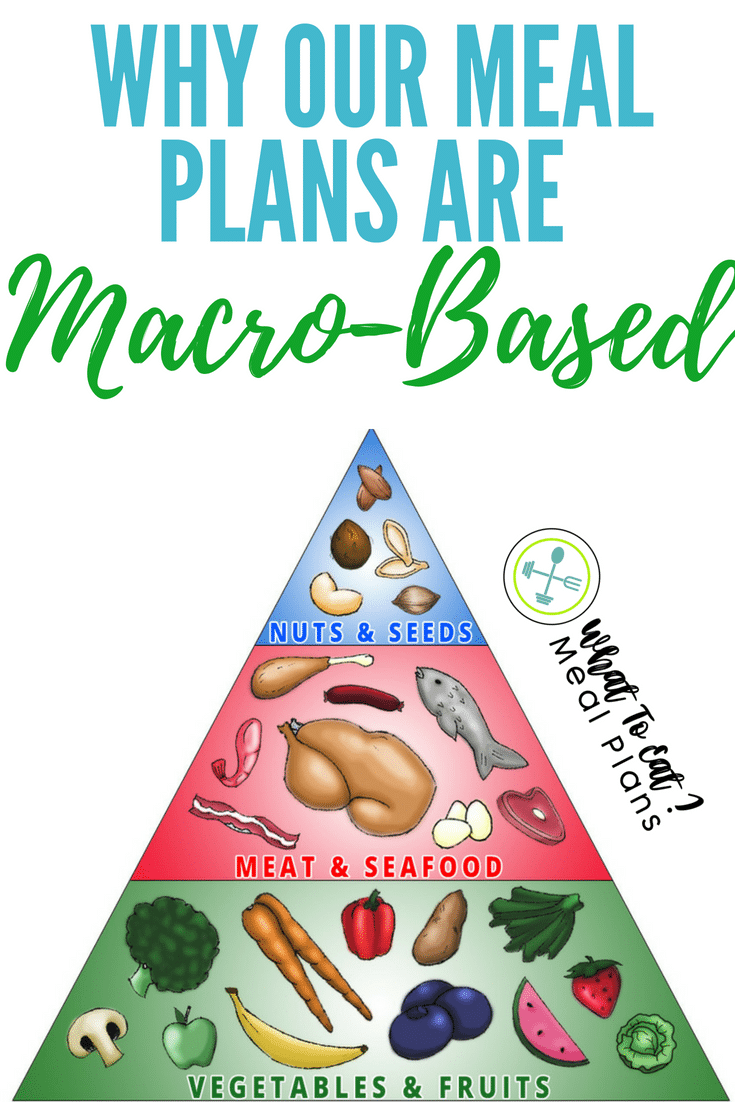

Focus on whole foods: Eating a diet rich in whole, unprocessed foods is essential for optimal health.By tracking your macros, you can ensure that you’re eating a balanced diet that supports your weight loss goals while also providing your body with the nutrients it needs to function optimally.Įating healthy doesn’t have to be a chore, and with macro-friendly eating habits, it can actually be enjoyable! Here are some tips to help you make healthy eating a part of your lifestyle: Our calculator will help you set these up!įollowing a macro-friendly diet can be beneficial for weight loss because it helps you maintain a calorie deficit without feeling deprived or hungry. It involves determining the ideal balance of carbs, protein, and fat that you should be consuming to achieve your health and fitness goals.

Good sources of healthy fats include nuts, seeds, avocados, and fatty fish.Ĭalculating your macros is an essential part of macro-friendly eating.
#BUDGET MACRO MEALS FULL#
If each carbohydrate-based food you eat is also high in fiber, you will be full and need to consume fewer calories overall-which leads to weight loss.” “ Focus on fiber instead of cutting carbs. Seek out meals that have at least half of the total carb grams from fiber, when possible, Harris-Pincus says. We can only use around 25 to 30 grams of protein per meal to maximize muscle growth and repair, so any extra is just extra calories, Harris-Pincus says.

On a 2,000 calorie diet, this will look like 175 grams of carbohydrates, 67 grams of fat, and 175 grams of protein per day.

Keep your high-protein, low-carb meals to 35% carbohydrates, 30% fat, and 35% protein, Brooking and Harris-Pincus suggest.
#BUDGET MACRO MEALS HOW TO#
How to build a healthy high-protein, low-carb meal The upside: You can reduce carbs without going full-on keto-and we have your guide below. “Plus, our bodies primarily use carbohydrates for fuel, so significantly limiting this macronutrient means your body needs to find alternate fuels, such as ketones, which can make you feel lousy.” “Your gut bacteria feeds on fiber, so a low-fiber diet makes your gut unhappy,” says Lauren Harris-Pincus, M.S., R.D.N., author of The Everything Easy Pre-Diabetes Cookbook. (I mean, is a life without sweet potatoes or even blueberries worth living?!) Not to mention, a diet predominately high in protein and fat will likely lack fiber, vitamins, minerals, and antioxidants, all of which reduce your risk of chronic diseases. “There’s good evidence to support a faster rate of weight loss when people go on a low-carb, high-protein diet compared to people on a more traditional low-fat diet.”īut while some people benefit from limiting their carb intake-say, you have trouble controlling your blood sugar-a keto-style low-carb diet can be tough or even dangerous to follow. “High-protein, low-carb diets aim to build muscle mass and decrease body fat and weight,” says Katherine Brooking, M.S., R.D., co-founder of the nutrition news company Appetite for Health in San Francisco. But there’s a lot to consider before approaching any change in diet-here’s what health professionals have to say about the benefits and how to build a high-protein, low carb meal that gives your body all the nutrients needs. Following a diet that is low-carb and high-protein offers a variety of benefits, according to experts-and high-protein foods also help you stay full and nourished throughout the day.


 0 kommentar(er)
0 kommentar(er)
